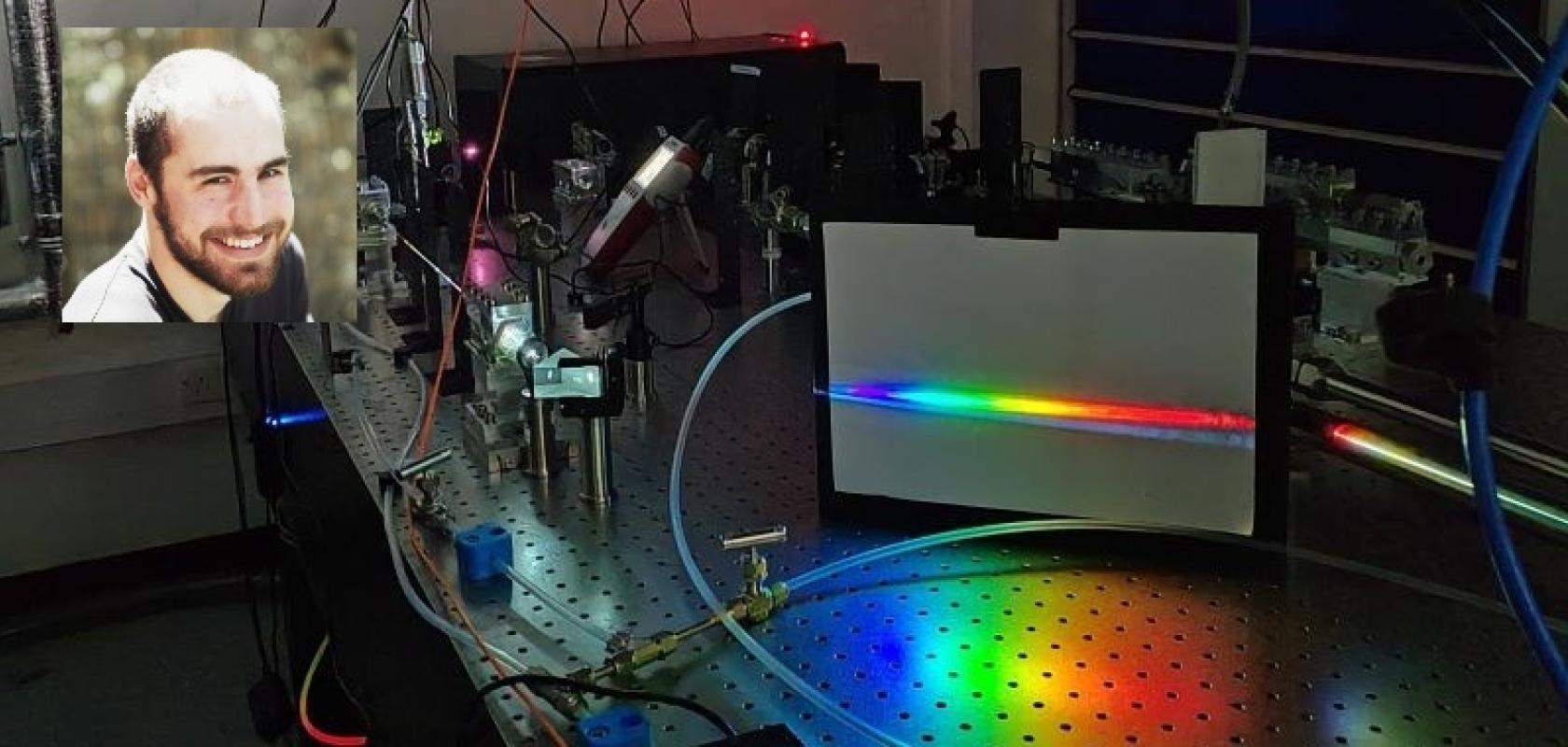A scientist at Scotland’s Heriot-Watt University will receive over £2 million in European funding to build a new type of light source for attosecond lasers.
A recipient of the European Research Council’s Starting Grant, Dr Christian Brahms will spend the next five years on the development of a visible/ultraviolet attosecond light source that fills in the blind spots of current attosecond technology.
This could enable the observation of some of the fastest processes in nature, such as how plants absorb sunlight.
Pushing the limits of conventional lasers
The Heriot-Watt project will build on the work of Pierre Agostini, Ferenc Krausz and Anne L'Huillier, who won the Nobel Prize for Physics in 2023.
Current technology, like that reported by the 2023 Nobel Prize winners, can create extremely short pulses of light at ultraviolet or x-ray wavelengths. This enables 'freeze-frame' images to be taken of some of the fastest microscopic processes in molecules and materials.
“But it’s limited,” Brahms explained. “In nature, these processes involve sunlight, not the wavelengths used in laboratory experiments.”
Brahms will be working to create a new kind of laser light that mimics natural sunlight but in extremely short flashes.
“My aim is to create laser pulses with similar extremely short duration to conventional attosecond science sources, but at the same ultraviolet and visible wavelengths as we get from the sun,” Brahms said.
This will fill in attosecond technology’s blind spots and directly relate knowledge of ultrafast processes to other areas, such as photochemistry or materials science.
“Many of the most important breakthroughs in the history of science have been enabled by observing nature at scales far beyond the limits of human perception," said Brahms. “That’s exactly what we’ll be working on - pushing far beyond the limits of conventional laser sources to bring fundamental science into focus.”
The project will create five new jobs at Heriot-Watt: Brahms will be recruiting three PhD students and two postdoctoral research associates to help design and build the laser light source.


